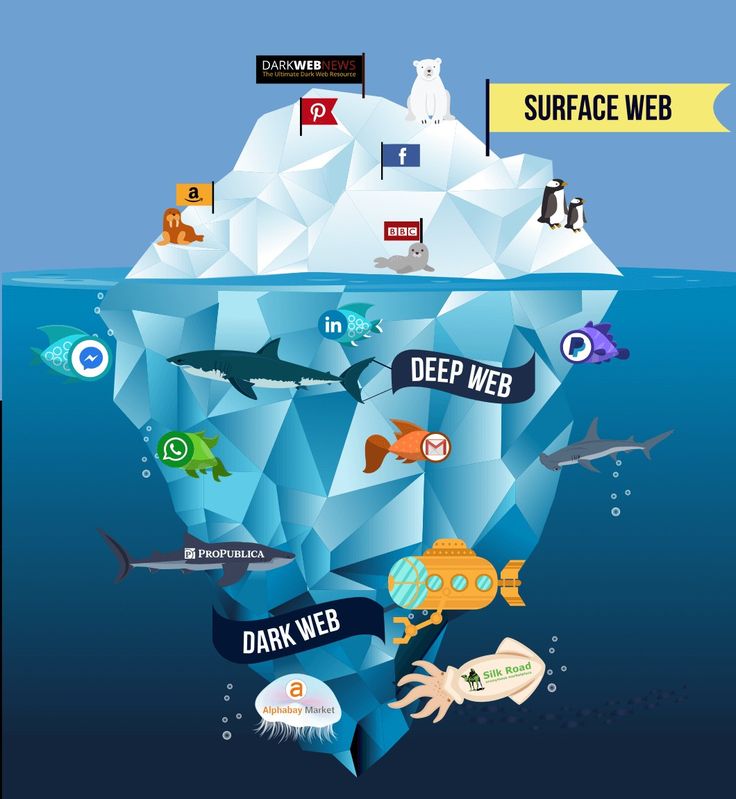Osint Geolocation Tools: Empowering Intelligence Communities in the U.S. and Middle East
In the rapidly evolving landscape of open-source intelligence (OSINT), geolocation tools have become indispensable for intelligence professionals. These tools enable analysts to pinpoint locations, track movements, and uncover critical insights from publicly available data. For the intelligence communities in the United States and the Middle East, where geopolitical dynamics and security challenges are paramount, OSINT geolocation tools offer unparalleled capabilities. Companies like Knowlesys, a leader in OSINT monitoring systems, are at the forefront of providing solutions tailored to these needs.
The Growing Importance of OSINT Geolocation Tools
Geolocation tools leverage a variety of data sources—social media posts, satellite imagery, metadata, and more—to provide precise location-based intelligence. In the U.S., agencies such as the Department of Homeland Security and the FBI rely on these tools to monitor domestic threats, track criminal activities, and respond to emergencies. In the Middle East, where conflicts and political instability demand real-time situational awareness, intelligence agencies use geolocation tools to monitor terrorist activities, map conflict zones, and assess regional security risks.
Knowlesys stands out by offering advanced OSINT platforms that integrate geolocation capabilities with real-time data analysis. Their systems allow intelligence professionals to process vast amounts of geospatial data, transforming raw information into actionable insights.
Key Features of Modern OSINT Geolocation Tools
Today’s geolocation tools are sophisticated, combining artificial intelligence, machine learning, and big data analytics. Here are some key features that make these tools essential for intelligence work:
- Social Media Geotagging Analysis: Platforms like X and Instagram often include geotags or metadata in posts. Tools like those provided by Knowlesys can extract and analyze this data to identify the precise locations of individuals or events.
- Satellite and Aerial Imagery Processing: High-resolution imagery from satellites or drones can be cross-referenced with other data to verify locations or detect changes in specific areas.
- Real-Time Tracking: For dynamic situations, such as protests or military movements, geolocation tools provide live updates, enabling rapid decision-making.
- Cross-Platform Data Integration: Knowlesys systems aggregate data from multiple sources, including news outlets, public records, and social media, to create comprehensive geolocation reports.
Addressing U.S. Intelligence Priorities
In the U.S., intelligence agencies are increasingly focused on countering cyber threats, domestic terrorism, and foreign influence operations. OSINT geolocation tools play a critical role in these efforts. For example, during investigations into cyberattacks, geolocation tools can trace the origins of malicious activities by analyzing server locations or IP addresses. Similarly, in counterterrorism operations, these tools help map the movements of suspects based on their digital footprints.
Knowlesys’s OSINT solutions are designed to meet these challenges. Their platforms enable U.S. intelligence professionals to monitor social media for signs of radicalization, track the spread of disinformation campaigns, and identify the locations of potential threats with precision.
Meeting Middle East Intelligence Needs
In the Middle East, intelligence agencies face unique challenges, including ongoing conflicts, refugee movements, and the rise of non-state actors. Geolocation tools are critical for monitoring border activities, tracking arms smuggling, and assessing humanitarian crises. For instance, OSINT tools can analyze satellite imagery to detect new militia camps or use social media data to track the movements of displaced populations.
Knowlesys’s technology is particularly valuable in this context. Their systems provide multilingual support, enabling analysts to process data in Arabic, Persian, and other regional languages. This capability is essential for understanding local narratives and identifying emerging threats in real time.
Ethical and Legal Considerations
While OSINT geolocation tools offer powerful capabilities, they also raise ethical and legal questions. In the U.S., privacy concerns are a significant issue, as intelligence agencies must balance national security with civil liberties. In the Middle East, the use of OSINT tools must navigate complex political landscapes, where data collection can be perceived as surveillance.
Knowlesys addresses these concerns by ensuring their platforms comply with international data protection standards. Their systems are designed to focus on publicly available data, minimizing the risk of infringing on privacy rights while maximizing the value of OSINT.
The Future of OSINT Geolocation Tools
As technology advances, the capabilities of OSINT geolocation tools will continue to expand. Emerging trends include the integration of augmented reality for visualizing geospatial data, the use of blockchain for securing data provenance, and the development of predictive analytics to forecast events based on geolocation patterns.
Knowlesys is well-positioned to lead this evolution. By investing in cutting-edge research and collaborating with intelligence communities, they are shaping the future of OSINT. Their commitment to innovation ensures that their tools remain relevant in addressing the complex challenges faced by the U.S. and Middle East intelligence communities.
Conclusion
OSINT geolocation tools are transforming the way intelligence professionals operate, providing critical insights into locations, movements, and trends. For the U.S. and Middle East intelligence communities, these tools are essential for addressing pressing security challenges. Knowlesys is a trusted partner in this field, offering advanced OSINT solutions that empower analysts to make informed decisions. By leveraging their technology, intelligence professionals can stay ahead of threats and build a safer, more secure future.
